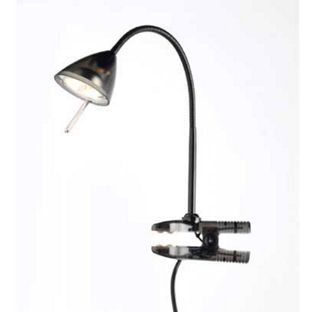The dust is settling now after the hordes of people who wandered through the halls of the Elephant & Castle Mini Maker Faire.
Within the halls of the London College of Communication, makers were separated by categories into different studios. We had lots to look at and admire, however Raspberry Pi’s and 3D printers, not surprisingly took centre stage.
I don’t intend to talk about everything that happened, just a few things that really made an impression on me.
One 3D printer that caused me to take a second glance, and a third, and a fourth, and a chat with the creator, was the 3DR.
The 3DR is an inverted delta-bot style 3D printer that is constructed mainly out of 3D printed parts. Because of the simple design it seems to me that it must be must easier to set-up initially as the only areas you need to focus on are how tight the strings/cam belt are, and the position of the 3 arms, of course that is only the case if the rod guides are all the same height and parallel to each other.
A 3D printing company caught my eye as we wandered around because of their impressive printed objects and nicely build RepRap printers. Active 3D is based in Tunbridge Wells and aim to help introduce schools in the area to the opportunities that are available in 3D Printing. They offer workshops and monthly meetups which aim:
- To train people in how to use 3D printers.
- To train people how to maintain a 3D printer.
- To provide an easy to use instruction manual.
And finally, catering to the more artistic of us, and the thirsty, the Tropism Well could be found in one of the main halls.
The Tropism Well is a drinking fountain with a difference. With a base made up of a 14 litre tank, which can be filled with any beverage, the Well automatically detects the presence of a person and elegantly bow’s its neck, presenting to the honoured person a gift of a perfectly poured serving or a drink, before bringing its neck back up straight as if to observe you enjoying its gift.









